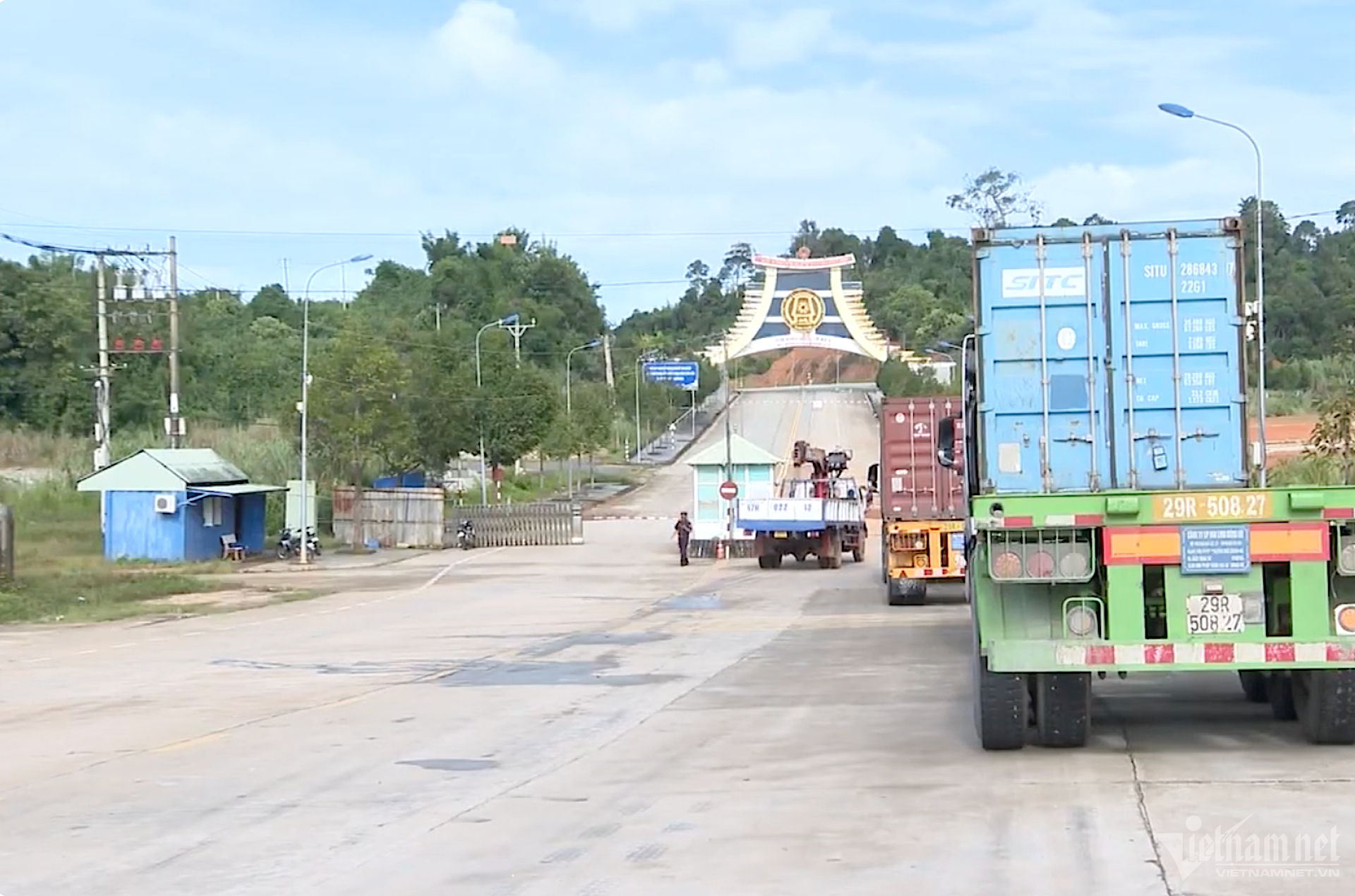
The Cambodia - Laos - Vietnam Development Triangle Area is a large mountainous area with lots of potential; has an important strategic position in terms of politics, economics, society, and ecological environment. The economic corridors along the national highways of Cambodia and Laos connecting with the national highways of Vietnam have created a road and seaport network, facilitating socio-economic development links in the area.
The Cambodia - Laos - Vietnam Development Triangle is located in 13 provinces, with a natural area of 143,900 square kilometers, and home to many ethnic groups. Vietnam has 5 provinces belonging to the triangle, namely Kon Tum, Gia Lai, Dak Lak, Dak Nong, and Binh Phuoc. Laos has 4 provinces of Sekong, Attapeu, Saravan, Champasak and Cambodia has 4 provinces of Stung Treng, Rattanakkiri, Mondulkiri, and Kratie.
The Central Highlands provinces of Vietnam include Kon Tum, Gia Lai, Dak Lak, Dak Nong and Binh Phuoc with a natural area of 51,520 km2, a population in 2011 of over 4.6 million people, and a population density of 90 people/km2 .
The Northeastern provinces of Cambodia include Mondulkiri, Ratanakiri, Stung Treng and Kratié provinces, with a natural area of about 48,743 km2, a population in 2008 of 684,000 people, and a population density 14 people/km2.
The southern provinces of Laos include Attapu, Salavan, Sekong and Champasak provinces with a natural area of about 44,091 km2, a population in 2008 of nearly 2 million people, and a population density of nearly 27 people/km2.
After 25 years since the establishment of the Development Triangle, the three countries have coordinated to carry out many joint cooperation activities, which have been contributing to the development of the triangle, not only in promoting development socio-economic development, poverty reduction and strengthening connectivity with the region but also promoting exchanges between the National Assemblies, Governments, organizations and people of the three countries through comprehensive cooperation in the fields of transportation, telecommunications, energy, trade, investment, industry, finance and banking, agriculture, tourism, health, culture, labor, education, environment, and science and technology.
According to observers, in addition to the results the region has achieved in recent times, it is the fact that these results are still limited, have not met the expectations, and have not been creating a breakthrough for socio-economic development of localities in the region.
To promote the implementation as well as build orientations and cooperation plans of the CLV Development Triangle Area for the coming years, the three countries are required to have breakthrough solutions in infrastructure development, human resource development and institutional reform.
The three CLV countries need to prioritize resources for developing vital traffic routes to transport goods to seaports and commercial centers. They need to have synchronous solutions to develop human resources to attract investment, especially in the fields of their strength such as high-tech agriculture, renewable energy, mining, tourism...
In addition, the three countries also need to continue implementing cooperation programs in specific fields. It is necessary to continue to disseminate and develop an action plan to promote the effective implementation of agreements signed within the cooperation framework of the CLV Development Triangle region, including bilateral cooperation agreements have been signed between the countries.
They also need to research to concretize and adopt specific mechanisms and policies for the CLV Development Triangle area to encourage trade and investment, with a focus on border trade and border economic development between the three countries, building border infrastructure.
It is necessary to simplify procedures for transporting goods across borders, preserving agricultural products, quality inspection... contributing to reducing costs of labor, transportation...; Create favorable conditions for projects in the fields of high-tech agriculture, solar power, wind power, mining and processing industries to be deployed in the region; Quickly and effectively deploy the action plan to connect the three economies to improve competitiveness, the ability to attract foreign investment, and shorten the development gap with other members of the Association of Southeast Asian Nations (ASEAN).